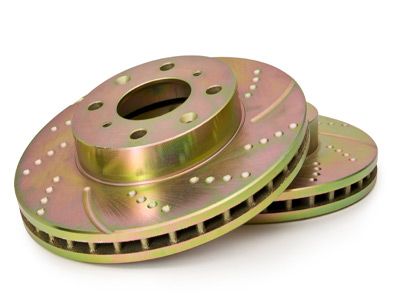In the past couple of decades, increasingly more functions have been migrating from their traditional positions on the console or dashboard onto the steering wheel. Radio controls, cruise control operation and several others have been integrated into steering wheel technology.
These multi-function steering wheels, as some companies call them, improve driving safety by putting the most commonly used controls in one of the most convenient places possible -- right at the driver's fingertips. A driver's eyes and hands are extremely important tools for driving. Keeping your eyes on the road and hands on the wheel can increase auto safety for everyone in your own car and those around you, too.
Advertisement
It's not surprising, then, to learn that the most commonly used controls have made their way onto the steering wheel
- Cruise control: including a buttons for setting and changing speed
- Sound system controls: usually for adjusting volume or scanning preset radio stations
- Phone answering: often with Bluetooth or similar wireless connections
Some cars go even further in using the steering wheel to increase car safety by adding controls for air conditioning, a steering wheel heater, or even access to an on-board computer like the SmartGauge found in the 2010 Ford Fusion.
Most often, these controls are installed at the factory and come with the car when it's new, either as standard equipment or as optional upgrades. Some companies, like Pioneer, even sell steering-wheel-mounted remotes for their aftermarket stereo systems -- again, to improve driving safety.
With all these gadgets installed on the steering wheel, however, are the features and functions any easier to operate or does it actually make it more difficult for the driver to properly adjust everything?
Advertisement




